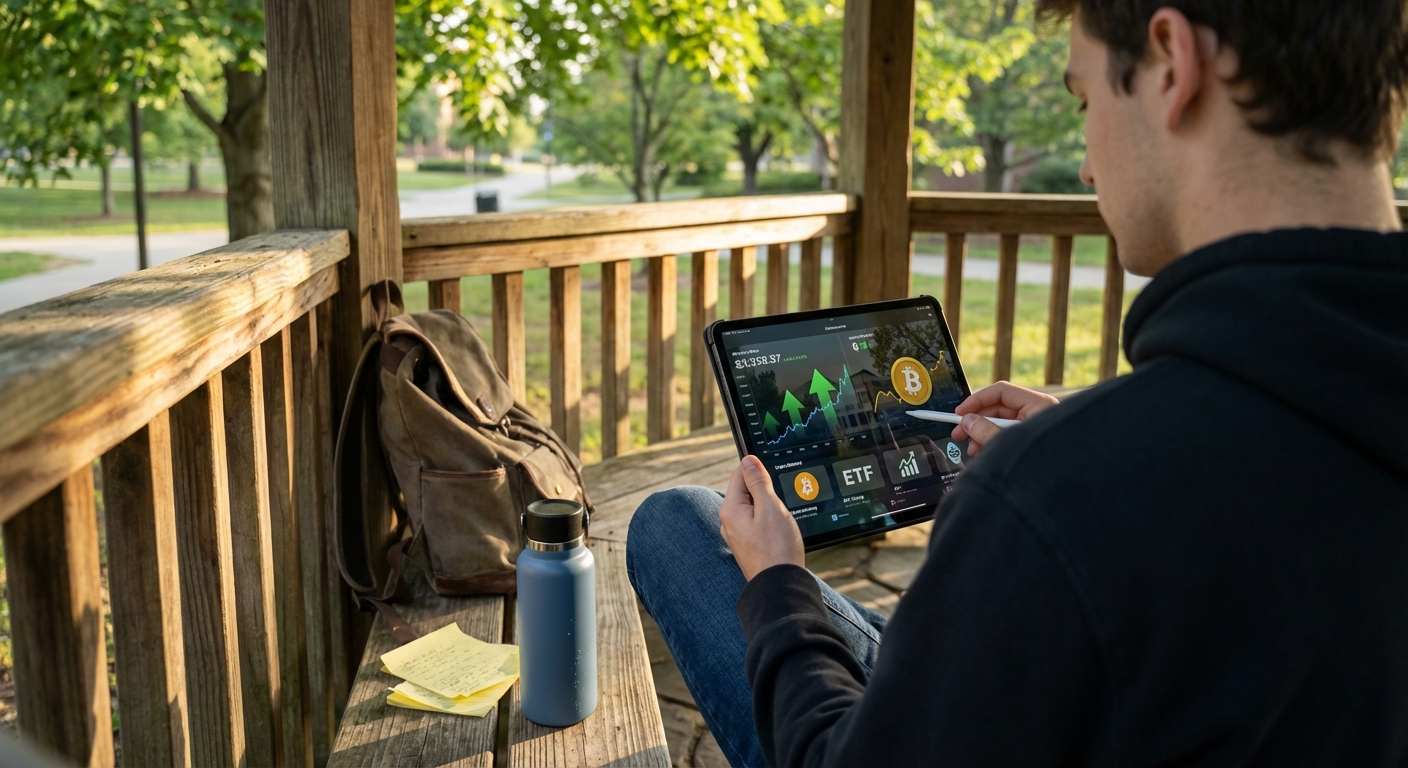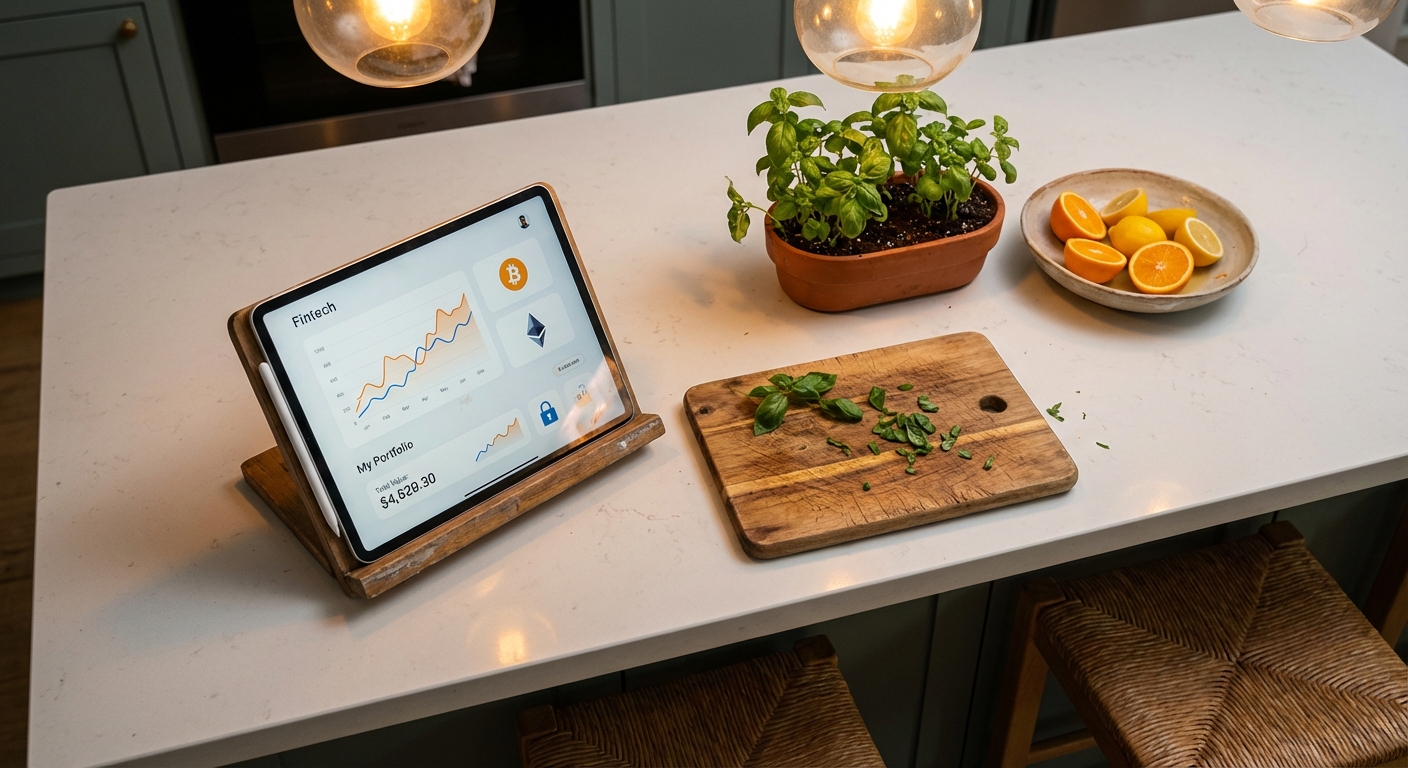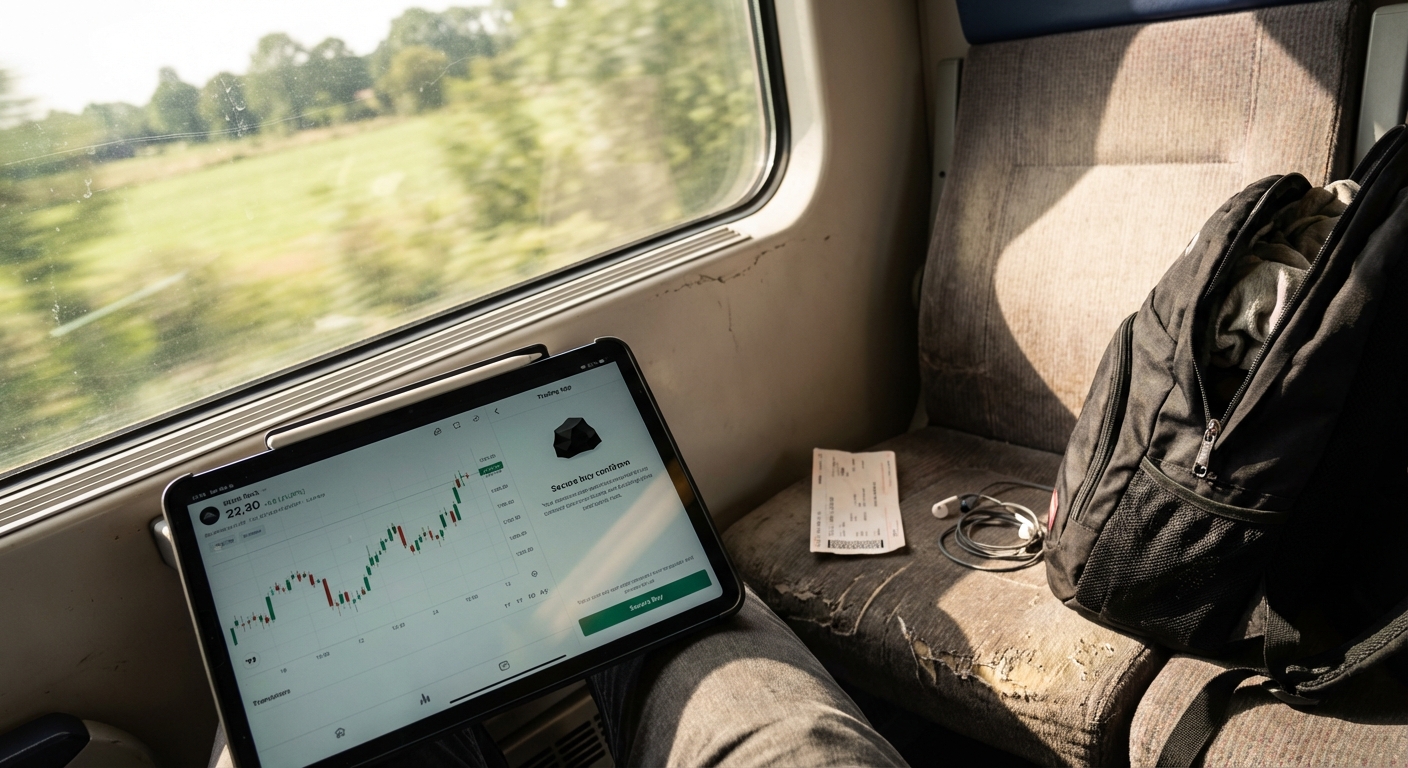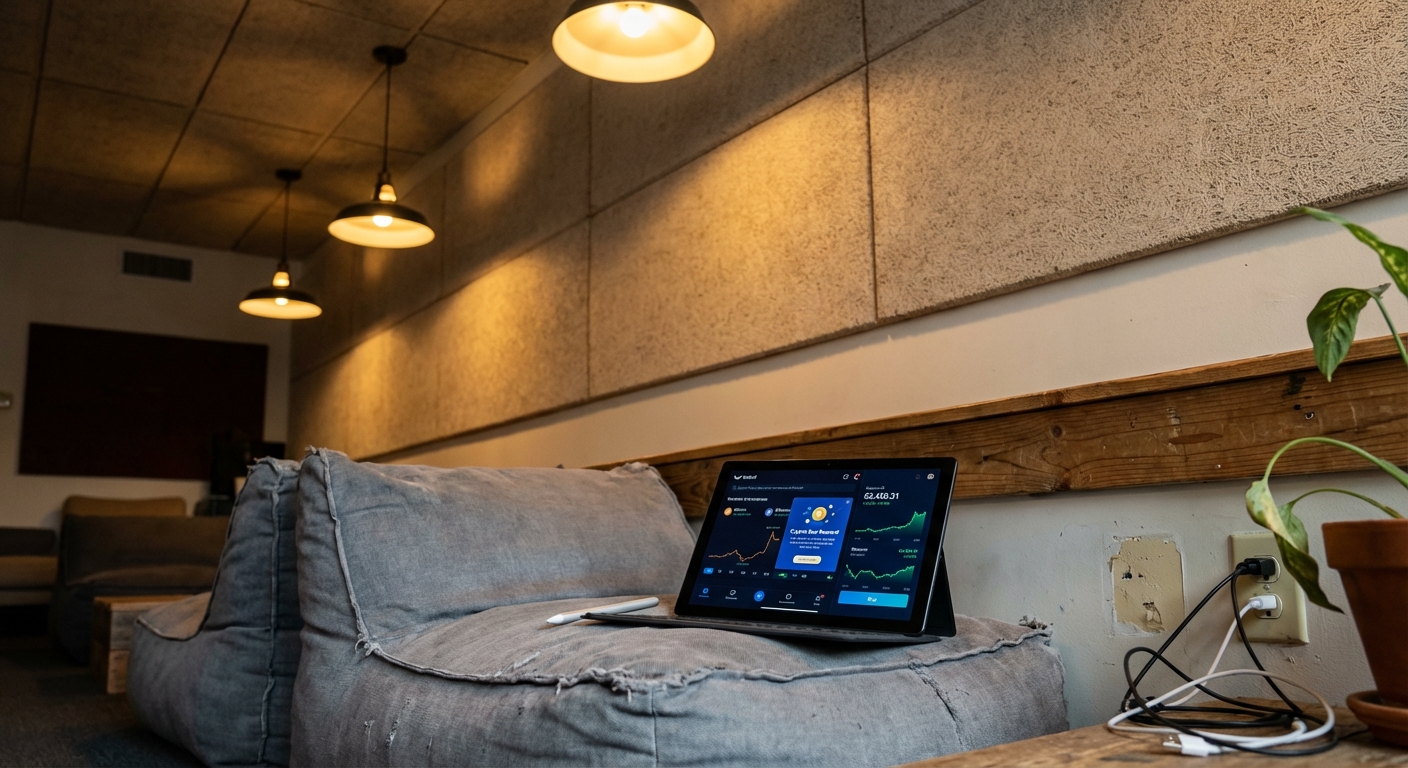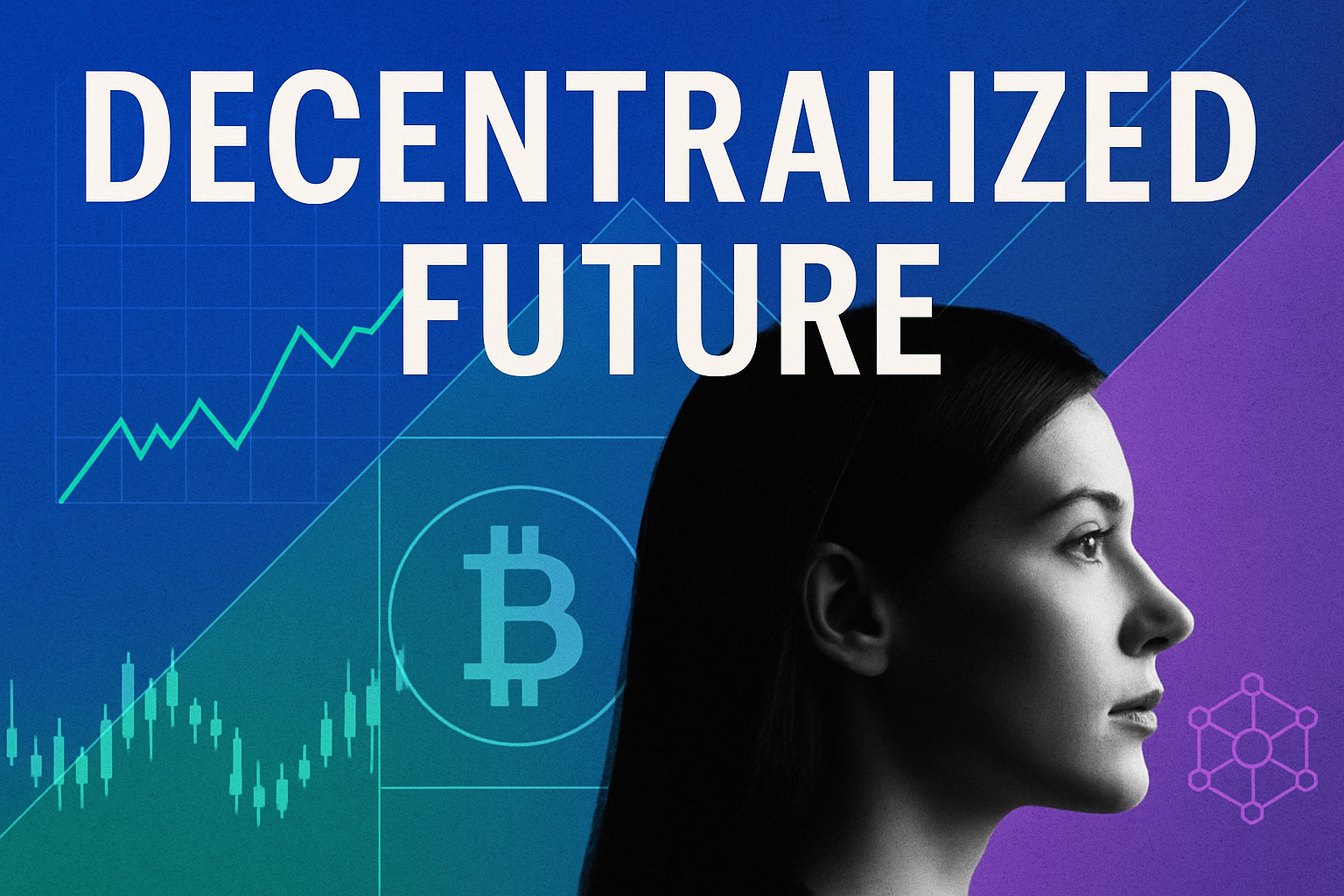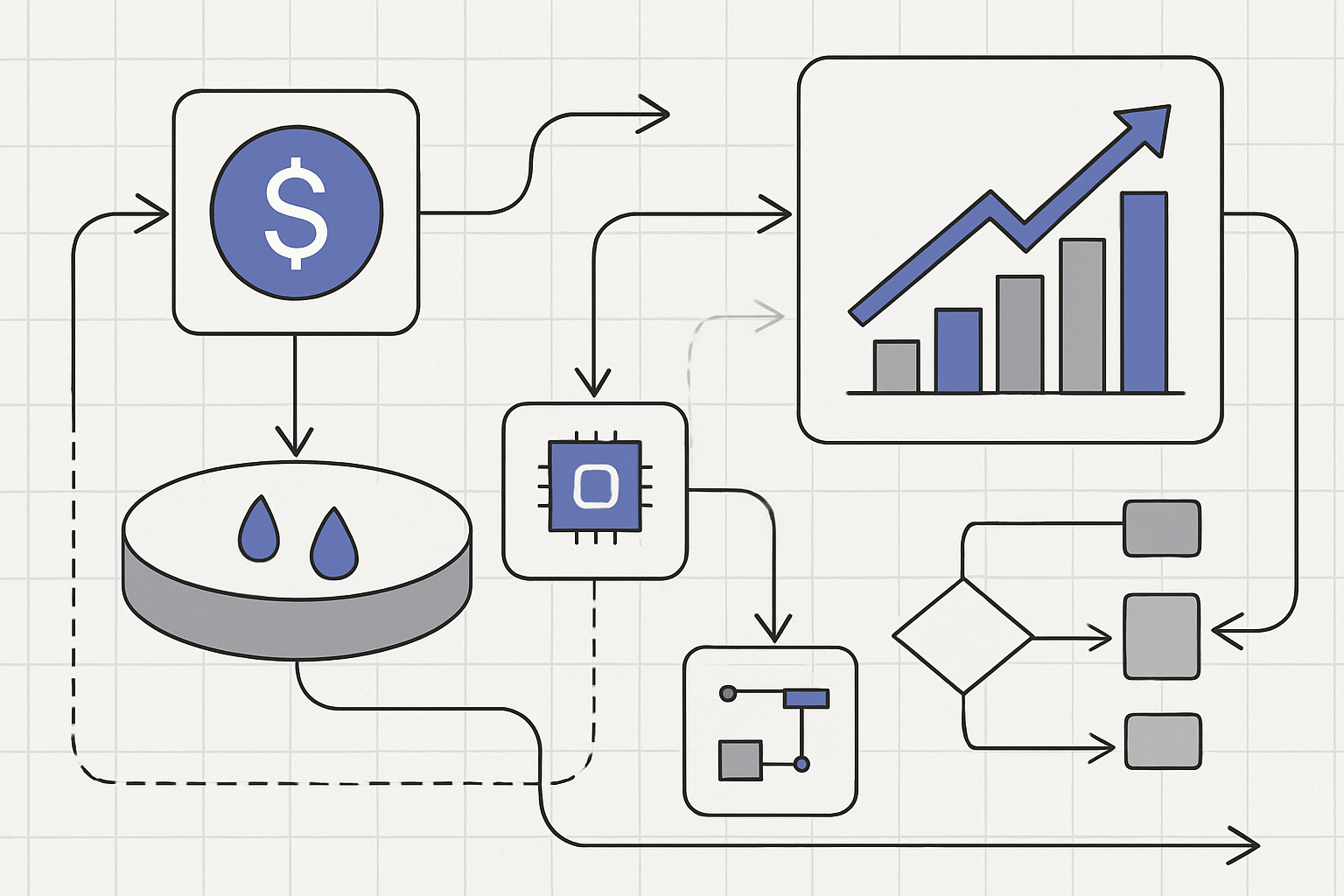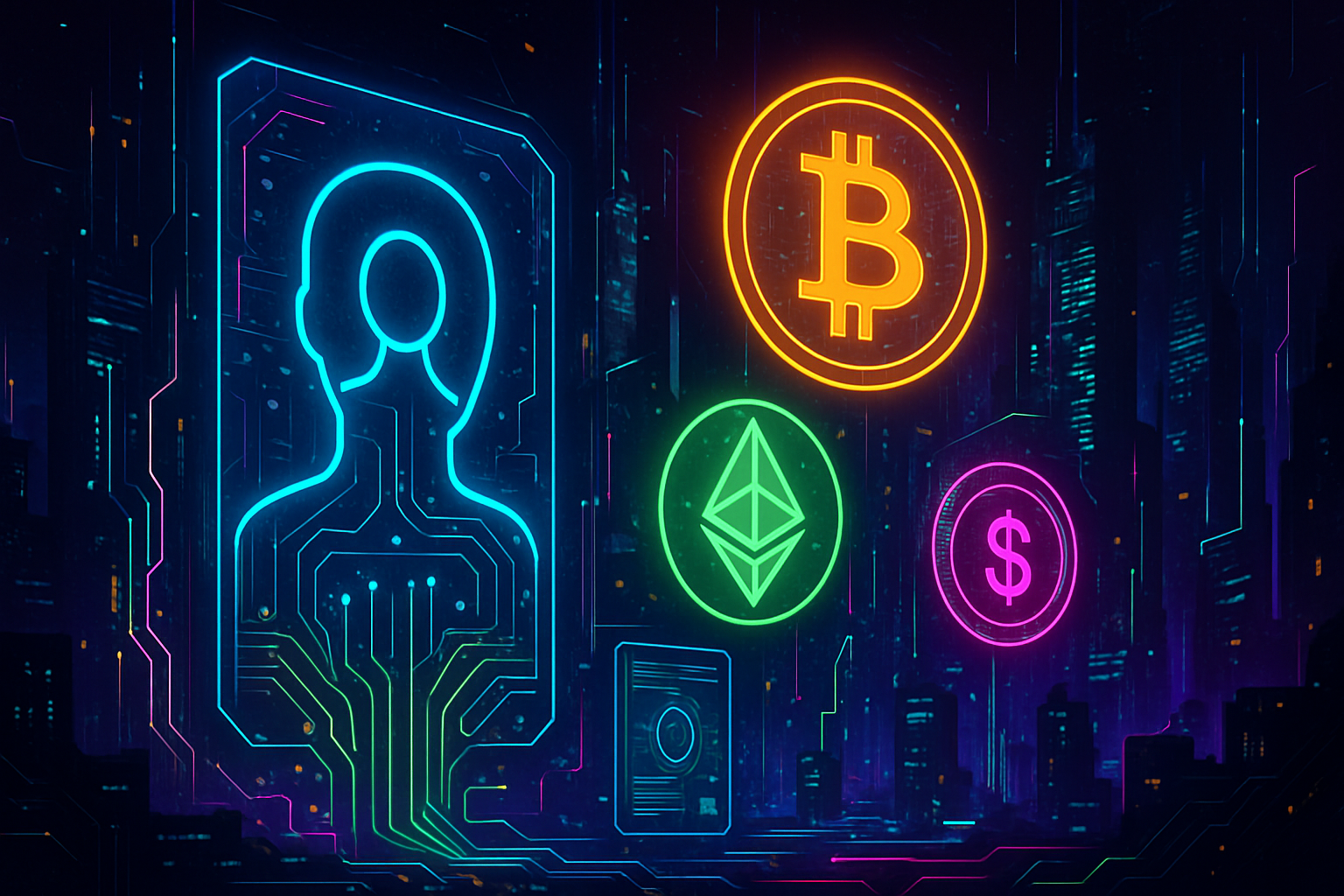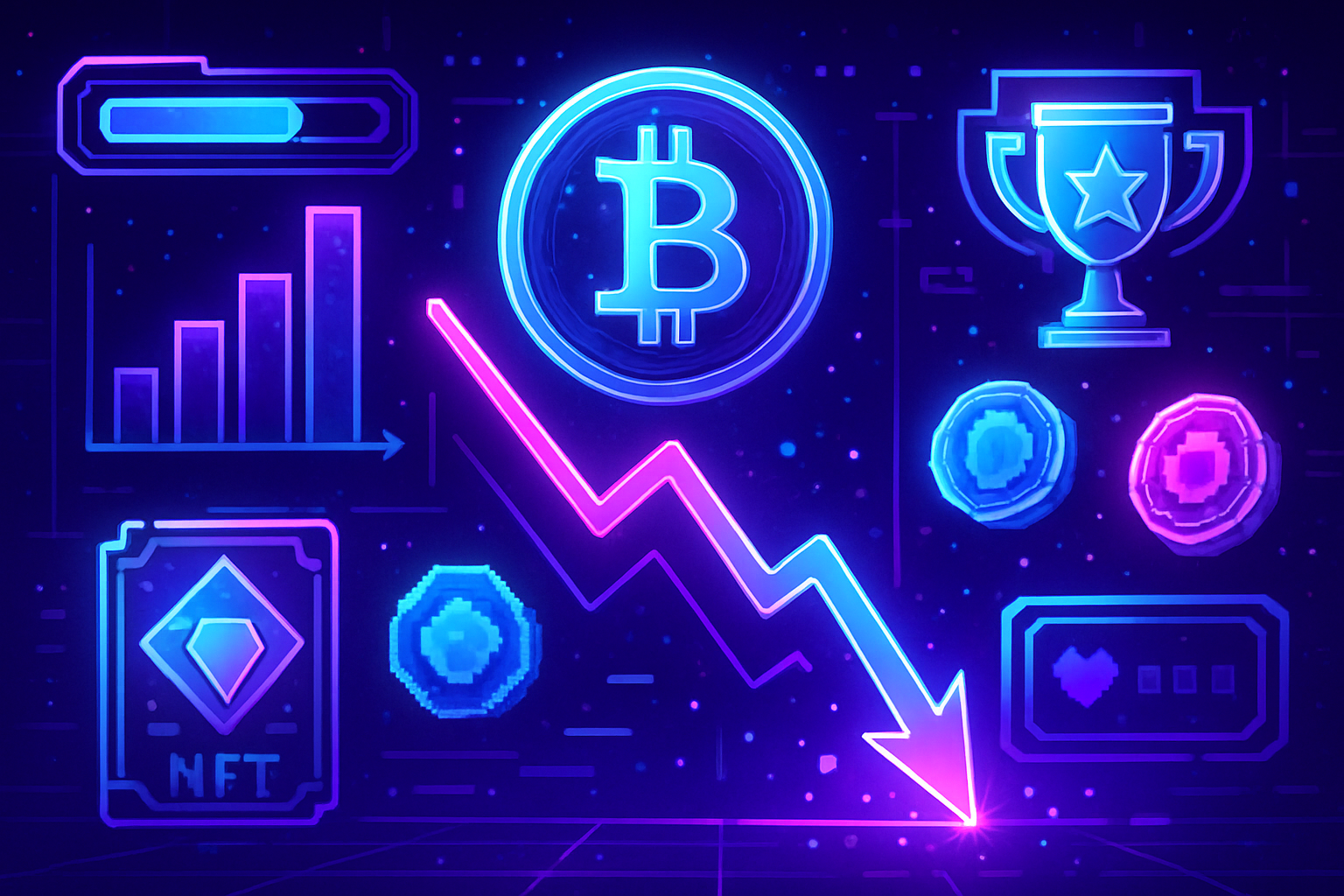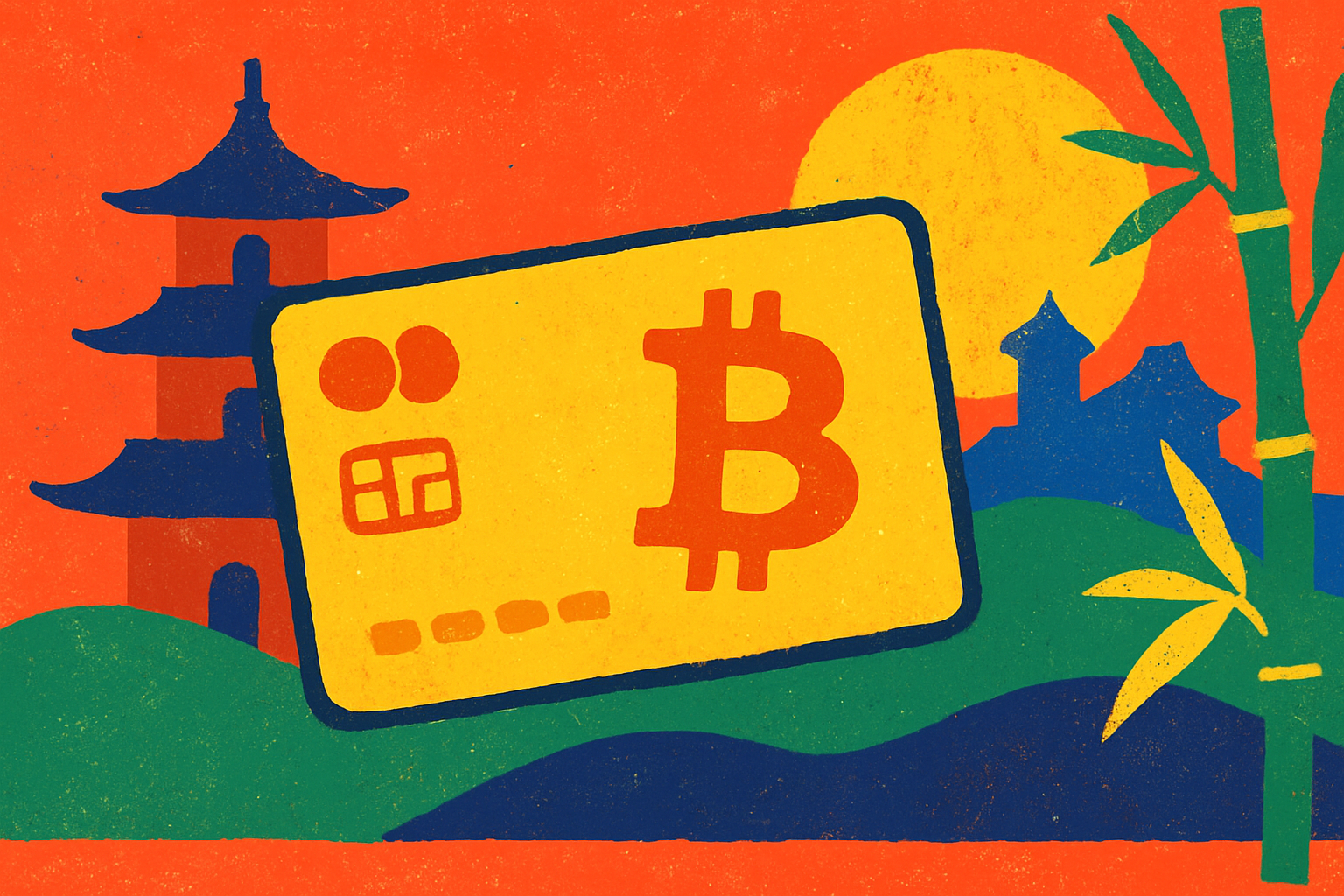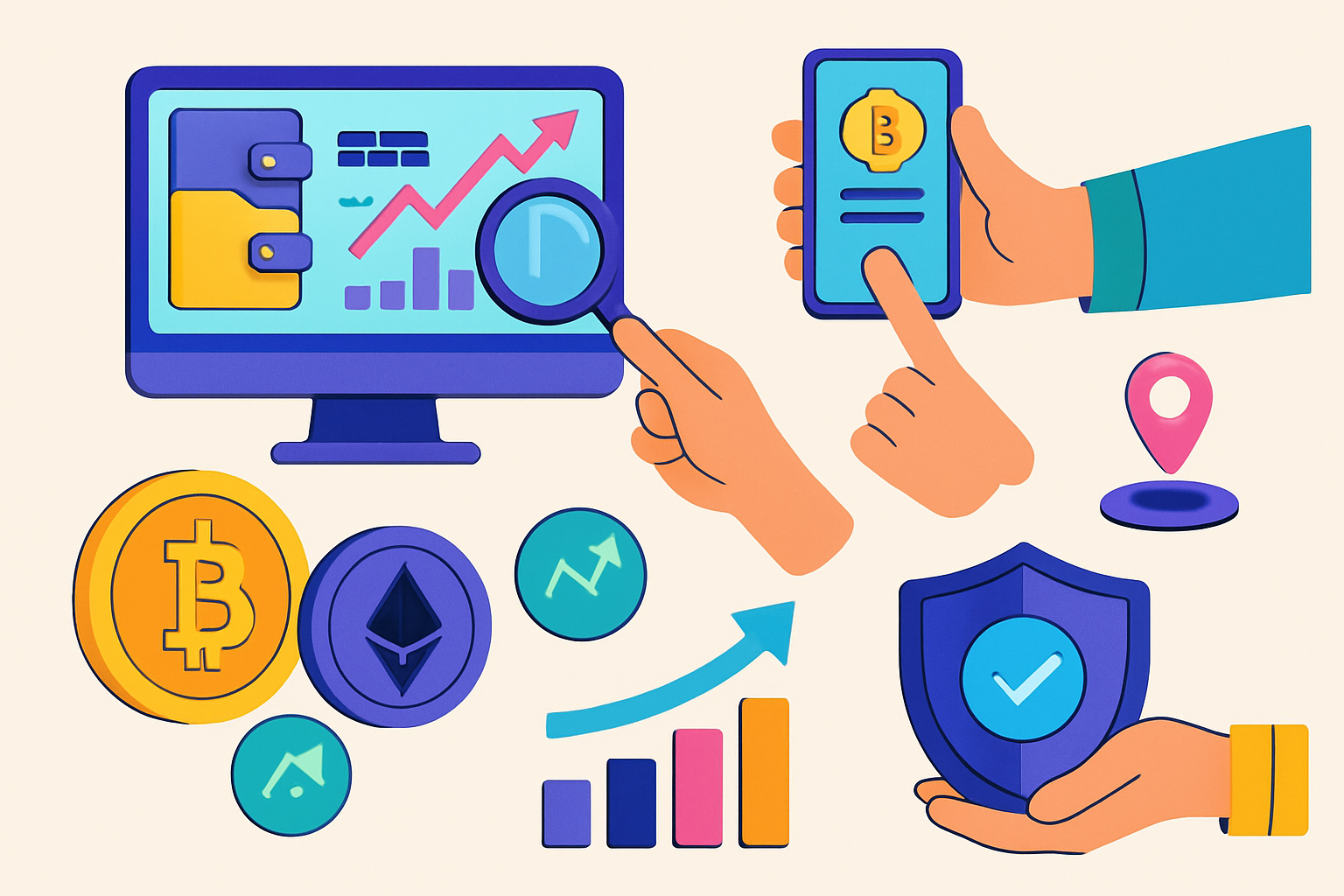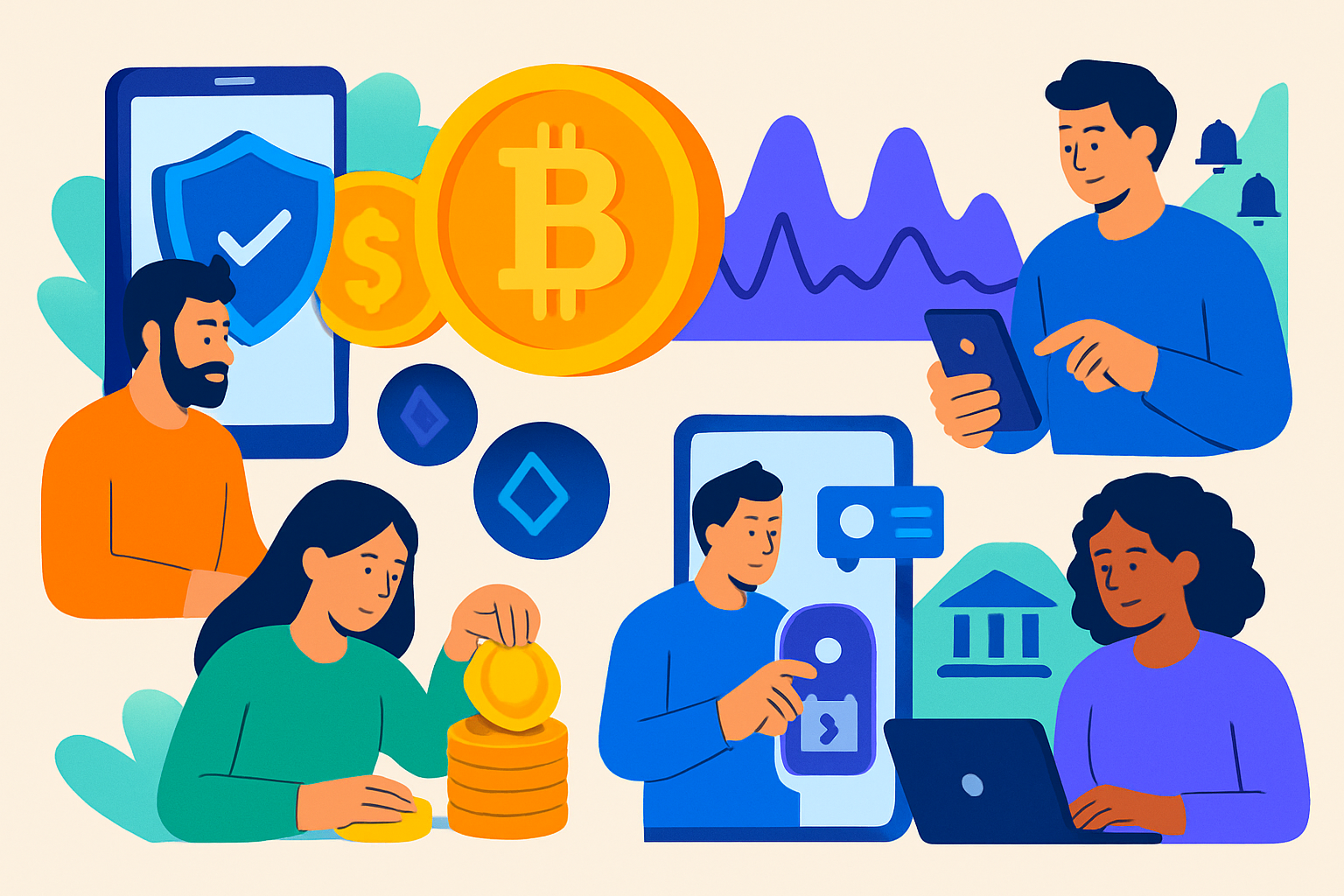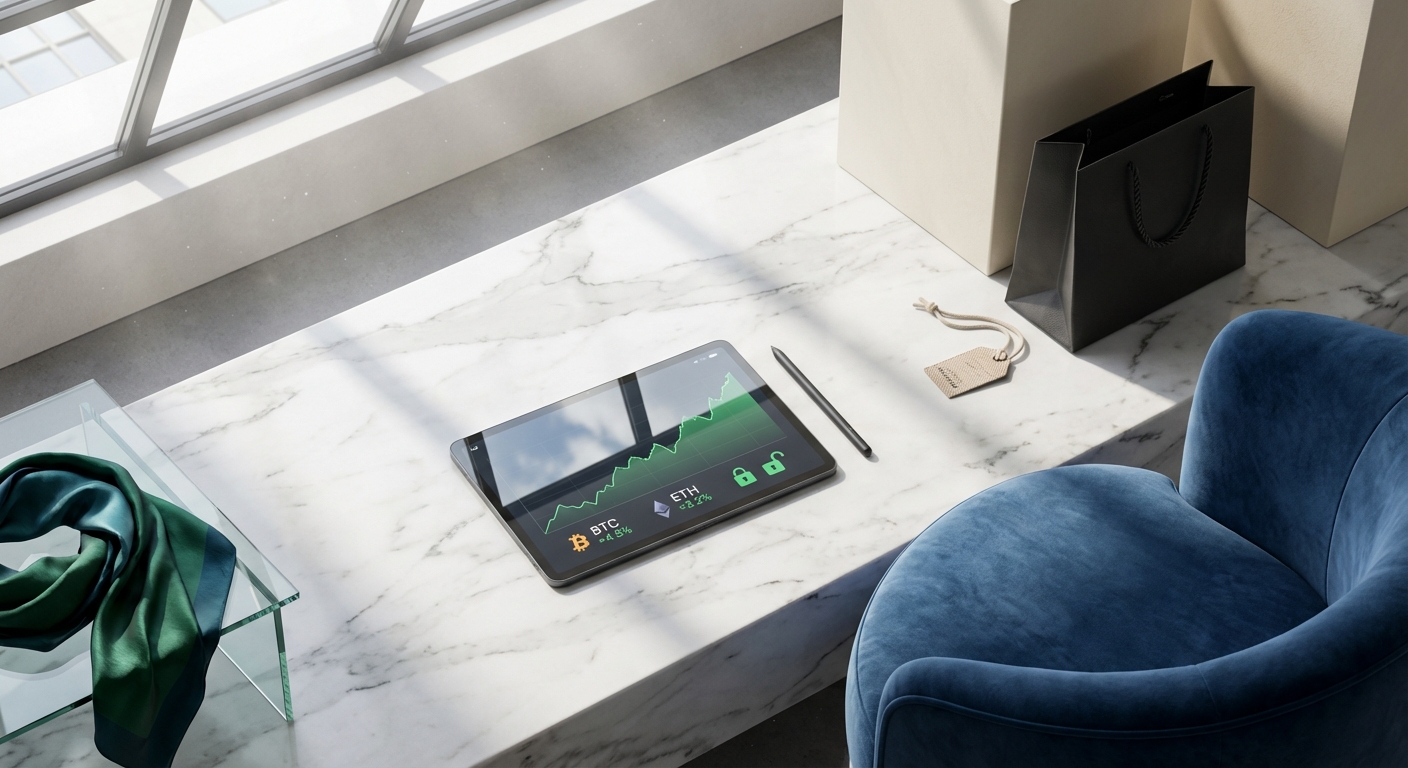In an era where Bitcoin commands a price of $91,969, traditional finance institutions are redefining access to...
Crypto Buying Guides
Bitcoin’s price sits at $89,632.00 today, down 0.0284% over the past 24 hours with a high of...
Bitcoin’s holding strong at $92,020, even after dipping 1.42% in the last 24 hours with a high...
Vanguard’s monumental policy shift has just unlocked the simplest, most secure gateway for millions of investors to...
In a seismic shift for traditional finance, Vanguard, the $11 trillion asset management behemoth, has finally opened...
Bitcoin’s current price of $91,331.00 sits amid a volatile landscape where the Crypto Fear and amp; Greed...
The Upbit hack on November 27,2025, exposed vulnerabilities that no trader can ignore. South Korea’s largest exchange...
In the wake of South Korea’s Upbit exchange suffering a $30 million hot wallet breach involving Solana...
Texas just dropped $5 million on BlackRock’s iShares Bitcoin Trust (IBIT), igniting a fire under Bitcoin at...
Crush 2025 crypto gains with Webull’s killer rewards! Picture this: drop $100 and on Bitcoin or Ethereum,...
The IRS’s new cryptocurrency reporting rules for 2025 represent one of the most significant regulatory shifts in...
Brazil’s crypto landscape is undergoing a seismic shift as the Central Bank of Brazil unveils its 2025...
Stablecoins are no longer just a footnote in the crypto market – in 2025, they’re the driving...
Bitcoin’s recent decline below the $100,000 mark has reignited a classic debate among long-term investors: is this...
Bitcoin’s price volatility is once again in the spotlight. On November 5,2025, Bitcoin (BTC) slipped below the...
Stablecoins have emerged as one of the most transformative forces in digital finance, and 2025 is proving...
The investment landscape in 2025 looks strikingly different from just a few years ago. A new generation...
Is it too late to buy Bitcoin? If you’re asking this question in late 2025, you’re not...
Asia’s relationship with cash isn’t just a cultural quirk – it’s a defining feature of daily life....
In 2025, a new wave of privacy-first crypto exchanges is challenging the status quo of digital asset...
The October 2025 crypto market crash was a watershed moment for digital asset investors. In just hours,...
Bitcoin’s historic surge has once again captured the world’s attention. On October 8,2025, Bitcoin (BTC) is trading...
How the 2025 Crypto Market Crash Impacts Secure Buying Strategies: Lessons from $300 Billion Wipeout
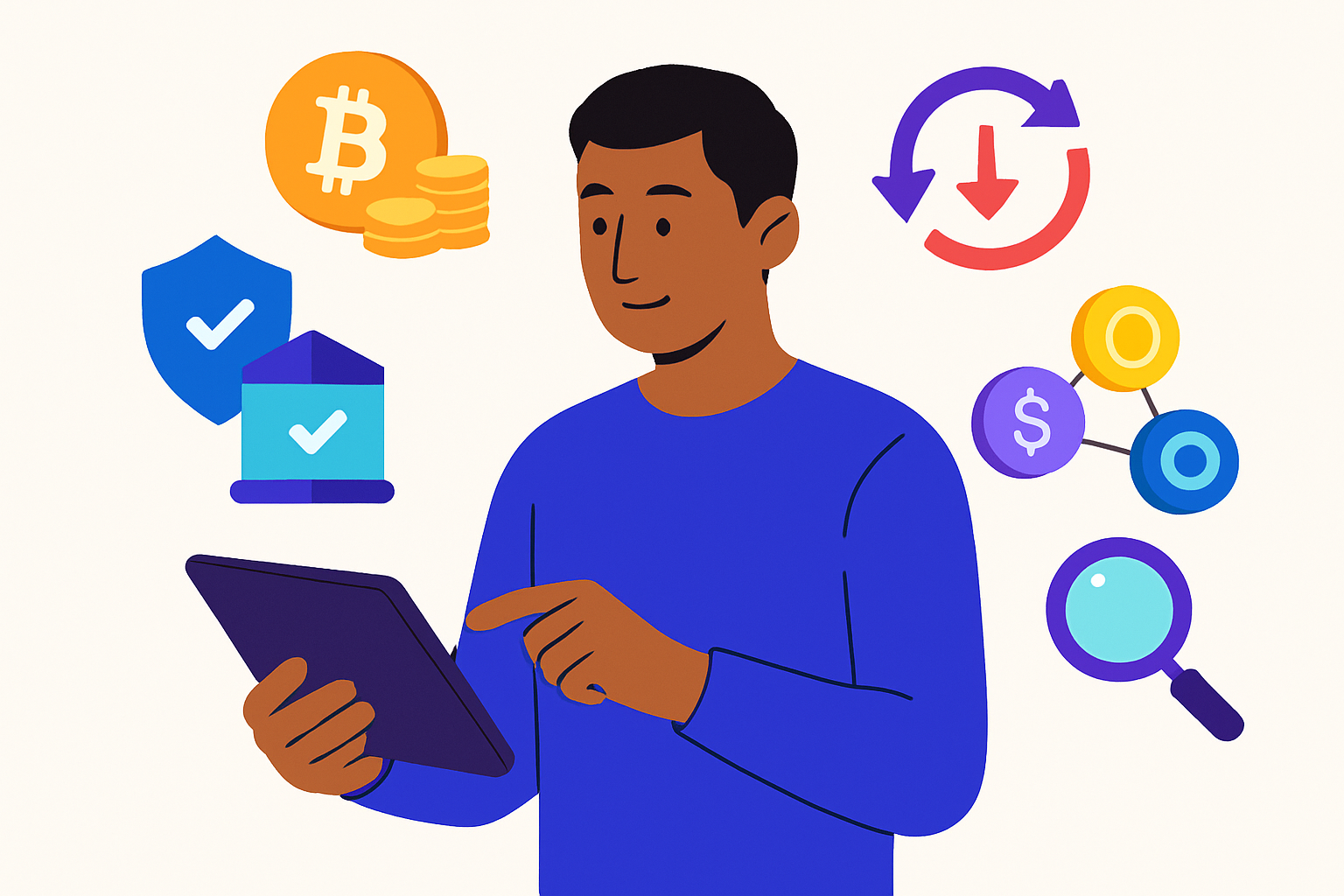

How the 2025 Crypto Market Crash Impacts Secure Buying Strategies: Lessons from $300 Billion Wipeout
Crypto traders, brace yourselves! The crypto market crash of 2025 has shaken the industry to its core,...
Another wild week for crypto! With over $1.5 billion in leveraged positions liquidated and Bitcoin’s price dipping...





